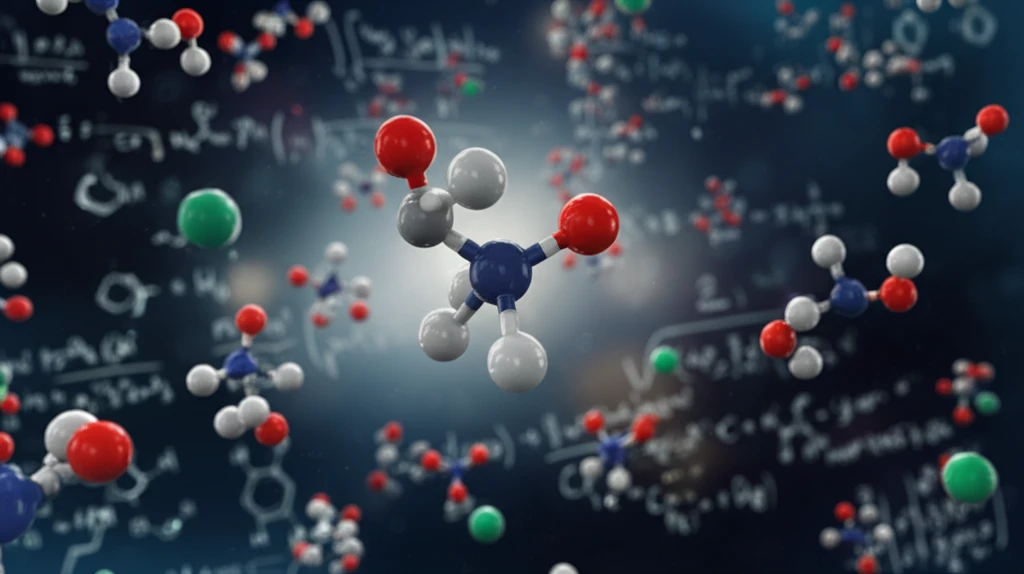
The Unexpected Power of Zinc: Revolutionizing Chemical Reactions in Surprising New Ways
"Discover how active zinc metal is changing the game in organic chemistry, offering a sustainable and efficient alternative to traditional methods for reducing aldehydes and ketones."
In the world of chemistry, reducing carbonyl compounds to alcohols is a foundational process. Traditionally, this has been achieved through catalytic hydrogenation. However, metal-hydride reagents, boron-based reduction, and biocatalytic reduction are also important tools. An exciting development involves using transition-metal catalysts to achieve this transformation. Many transition metals have been tested to optimize this process, particularly in transfer hydrogenation, known for its safety and operational simplicity.
Zinc-based reduction has been gaining traction as a method for reducing carbonyl compounds due to its environmental benefits and cost-effectiveness. It can be further adapted for hydrosilylation, which produces the corresponding alcohols. Since Caubere's initial findings and Minoun's subsequent work, this method has become a popular way to reduce carbonyl compounds.
Traditionally, this method uses zinc complexes, like zinc acetate and diethylzinc, that are activated by nitrogen-chelating ligands as pre-catalysts. However, recent research has shown that zinc metal by itself can be a powerful catalyst. Inspired by this, scientists are exploring the potential of highly active zinc (Zn) in hydrosilylation reactions, aiming to understand its unique properties and applications.
Unlocking the Potential: How Active Zinc Metal Simplifies Hydrosilylation

To fully understand the role of highly active zinc, researchers tested different ratios of Zn, silane, and aldehyde. In one experiment, benzaldehyde was mixed with one equivalent of Zn and one equivalent of triethoxysilane, reacting at a refluxing temperature for 39 hours. This resulted in a 74% yield of reduced benzyl alcohol and an 18% yield of a pinacol-type coupling product.
- Zinc Concentration: Optimal results were achieved with 0.5 equivalents of Zn, balancing cost-effectiveness and reaction efficiency.
- Silane's Role: Maintaining an adequate silane concentration is necessary, with excessive amounts not necessarily improving product yield or selectivity.
- Reagent Dependency: Both zinc and silane are essential for the transformation, with their presence being critical for successful completion.
The Future of Chemical Reduction: Sustainable and Efficient
The application of highly active zinc in hydrosilylation represents a significant advancement in the field, presenting a more environmentally friendly and economically viable method for reducing carbonyl compounds. This research successfully combines active zinc metal and alkoxysilane to reduce aldehydes without needing additional ligands, simplifying the process and reducing waste. A mechanistic study suggests the reaction proceeds via a single electron transfer (SET) pathway, offering insights for further optimization. Current research is focused on expanding the use of this method to ketones and C-N multiple bonds, promising further innovations in chemical synthesis.
